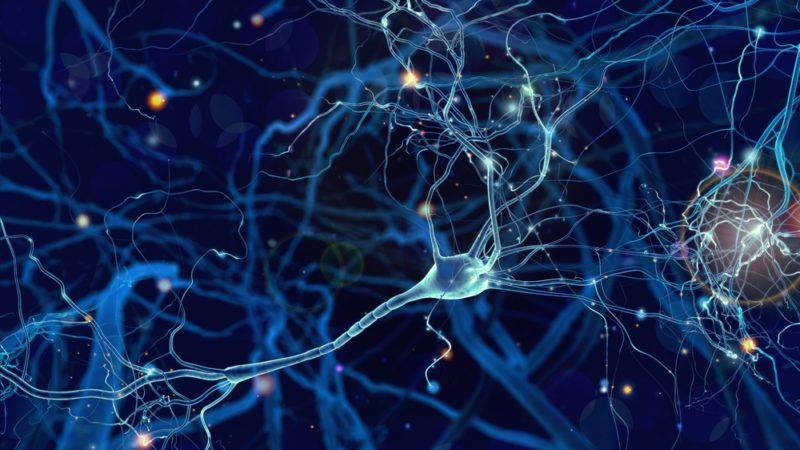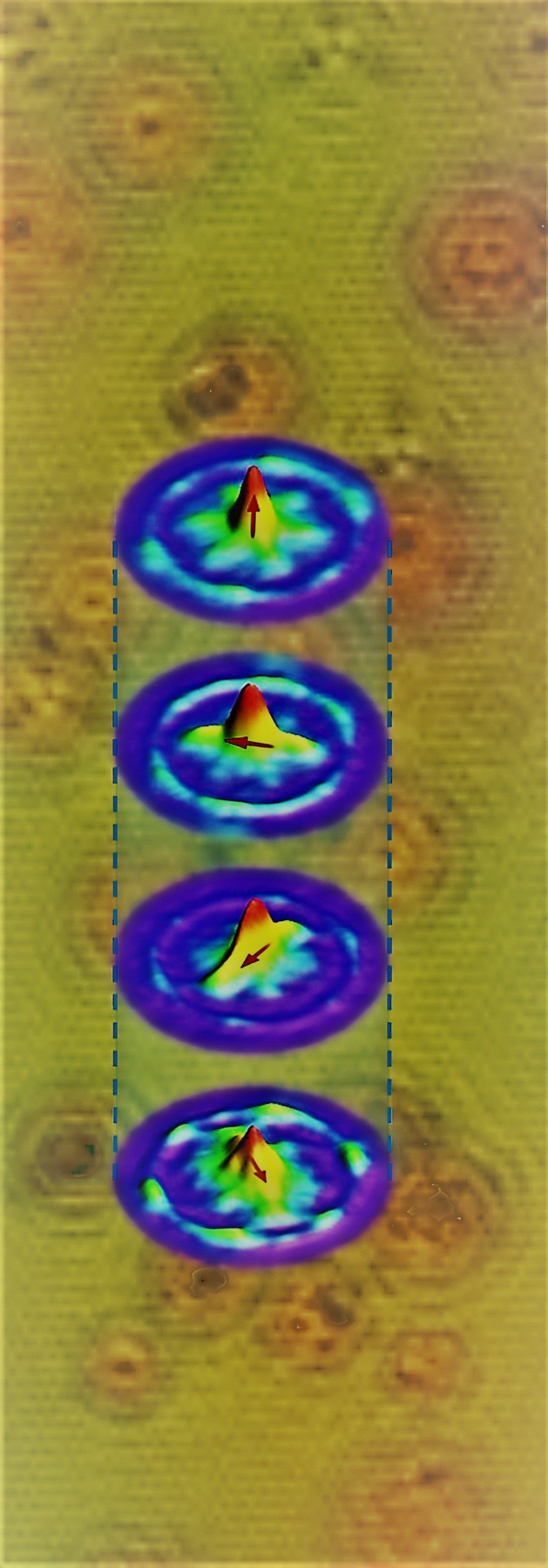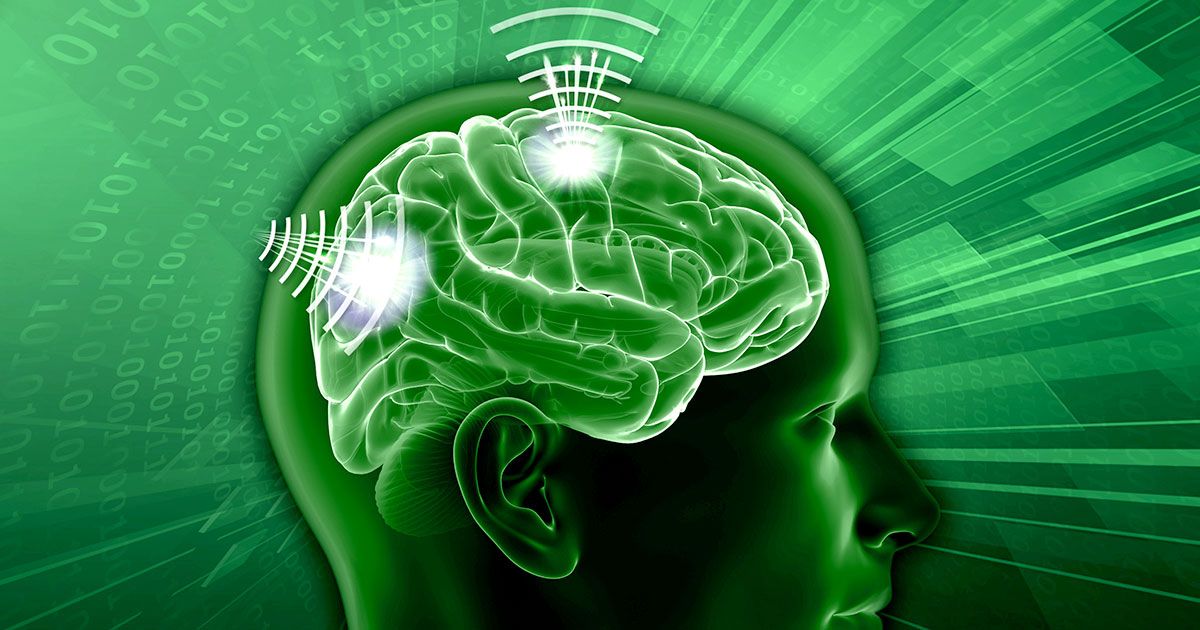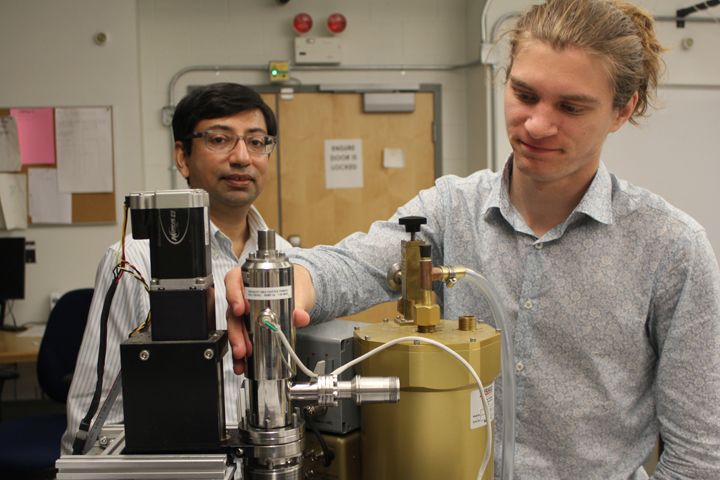Page 9410
Sep 13, 2018
The Exponential Growth of Data
Posted by Ankur Bargotra in categories: evolution, information science

This video is the first in a two-part series discussing big data. In this video, we’ll be discussing the importance of data and the role, it has played in advancing humankind as well as the exponential rate of growth of data.
[0:29–4:19] — Starting off we’ll look at, how data has been used as a tool from the origins of human evolution, starting at the hunter-gatherer age and leading up to the present information age.
[4:19–7:48] — Following that we’ll discuss, the many statistics demonstrating the exponential rate of growth and future growth of data.
Sep 13, 2018
Exercise Induces Adult Neurogenesis and Ameliorates Alzheimer’s Disease in Mice
Posted by Nicola Bagalà in categories: biotech/medical, genetics, health, neuroscience
A new study on adult neurogenesis and Alzheimer’s disease.
According to a study led by scientists at Massachusetts General Hospital, exercise-induced neurogenesis improves cognition in a mouse model of Alzheimer’s disease, yielding more benefits than drug-induced adult neurogenesis. The scientists were able to figure out the difference between the two types of induced neurogenesis and pharmacologically reproduce the same benefits provided by exercise [1].
Study abstract
Continue reading “Exercise Induces Adult Neurogenesis and Ameliorates Alzheimer’s Disease in Mice” »
Sep 13, 2018
Scientists discover a ‘tuneable’ novel quantum state of matter
Posted by Genevieve Klien in categories: computing, engineering, nanotechnology, particle physics, quantum physics
Quantum particles can be difficult to characterize, and almost impossible to control if they strongly interact with each other—until now.
An international team of researchers led by Princeton physicist Zahid Hasan has discovered a quantum state of matter that can be “tuned” at will—and it’s 10 times more tuneable than existing theories can explain. This level of manipulability opens enormous possibilities for next-generation nanotechnologies and quantum computing.
“We found a new control knob for the quantum topological world,” said Hasan, the Eugene Higgins Professor of Physics. “We expect this is tip of the iceberg. There will be a new subfield of materials or physics grown out of this. … This would be a fantastic playground for nanoscale engineering.”
Sep 13, 2018
Inside the ‘shadowy world’ of China’s fake science research black market
Posted by Derick Lee in categories: futurism, science
But Dr Oransky and colleagues are also calling for better peer review after research is published.
“We should reward people who come forward about problems in other people’s work, not in a punitive way, but actually looking at it and saying, ‘hey, that’s a problem, we should do something about it’, and give people the chance to correct the record,” he said.
In China, there’s a growing black market peddling fake research papers, fake peer reviews, and even entirely fake research results to anyone who will pay. Does the rise of fake and fraudulent science threaten the future of research?
Continue reading “Inside the ‘shadowy world’ of China’s fake science research black market” »
Sep 12, 2018
Gene involved in circadian rhythms can be potential target for glioblastoma treatment
Posted by Mike Ruban in categories: biotech/medical, neuroscience
Researchers have discovered a way to kill #cancer cells and stop #glioblastoma formation by blocking casein kinase 1 gene.
Scientists with the Virginia Tech Carilion Research Institute say a gene involved in the body’s circadian rhythms is a potential target for therapies to help patients with a deadly form of brain cancer known as glioblastoma.
This discovery, to be published in the journal Scientific Reports on Tuesday, Sept. 11, points to a subtype of a particular gene that apparently is enabling the survival of cancer cells, although it is more commonly associated with circadian rhythms — the body’s 24-hour biological clock.
Sep 12, 2018
DARPA Wants Brain Interfaces for Able-Bodied Warfighters
Posted by Mike Ruban in categories: biotech/medical, military, neuroscience
The Next-Generation Nonsurgical Neurotechnology (N3) program will fund research on tech that can transmit high-fidelity signals between the brain and some external machine without requiring that the user be cut open for rewiring or implantation. It hasn’t escaped DARPA’s attention that no-surgery-required brain gear that gives people superpowers may find applications beyond the military. The proof-of-concept tech that comes out of the N3 program may lead to consumer products, says Justin Sanchez, director of DARPA’s Biological Technologies Office. “This will spawn new industries,” he says…
The N3 program will create no-surgery-required neurotech that the general public may also find useful.
Sep 12, 2018
In ‘Nature’: A nanoscale discovery with big implications
Posted by Mike Ruban in categories: nanotechnology, quantum physics, space
A recent discovery by William & Mary and University of Michigan researchers transforms our understanding of one of the most important laws of modern physics. The discovery, published in the journal Nature, has broad implications for science, impacting everything from nanotechnology to our understanding of the solar system.
“This changes everything, even our ideas about planetary formation,” said Mumtaz Qazilbash, associate professor of physics at William & Mary and co-author on the paper. “The full extent of what this means is an important question and, frankly, one I will be continuing to think about.”
Qazilbash and two W&M graduate students, Zhen Xing and Patrick McArdle, were asked by a team of engineers from the University of Michigan to help them test whether Planck’s radiation law, a foundational scientific principle grounded in quantum mechanics, applies at the smallest length scales.
Continue reading “In ‘Nature’: A nanoscale discovery with big implications” »
Sep 12, 2018
Newest robotic simulators bleed and breathe like real humans
Posted by Shailesh Prasad in categories: biotech/medical, robotics/AI
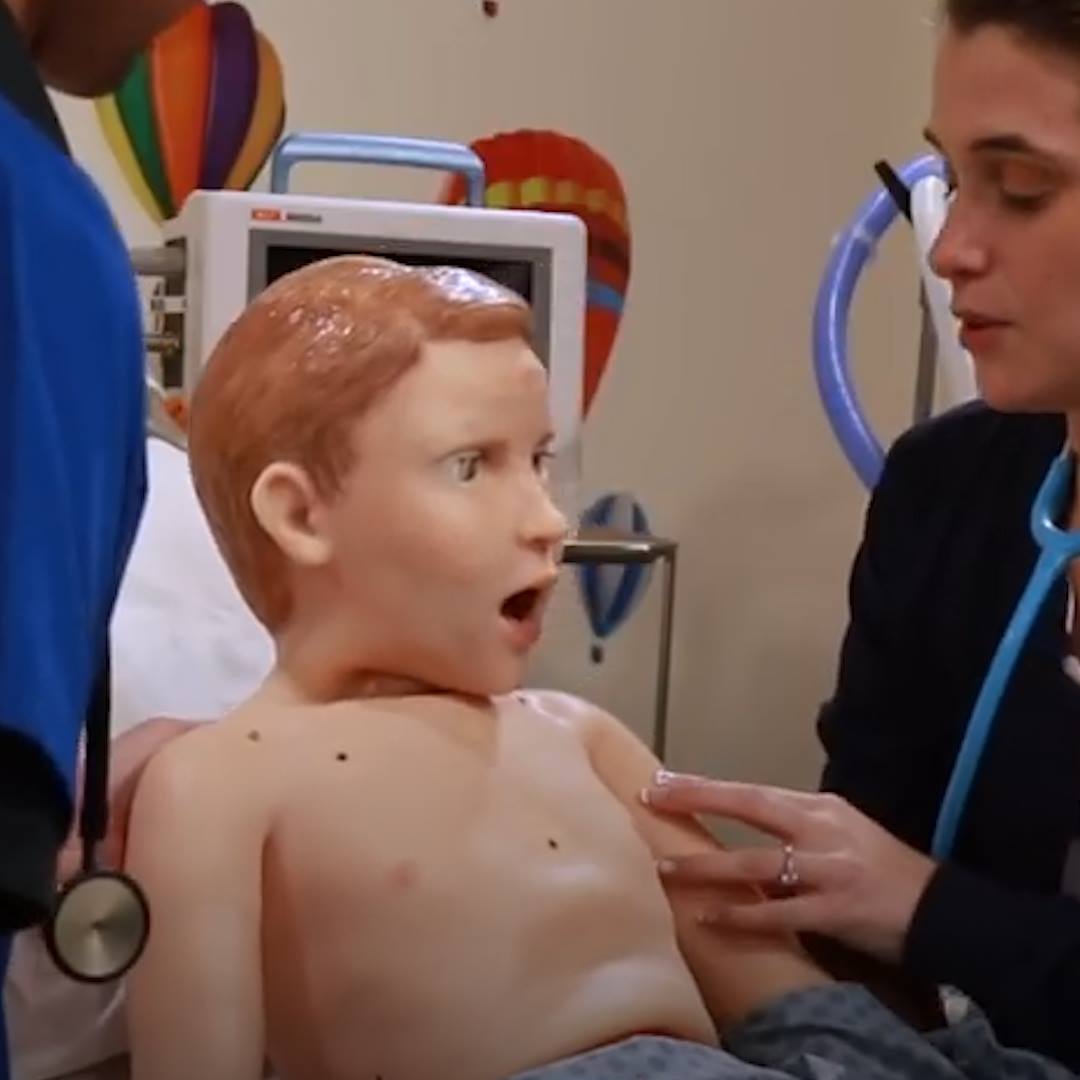
These robotic patient simulators are a medical breakthrough that help doctors prepare for real-world experience.
Sep 12, 2018
MIT taught a neural network how to show its work
Posted by Genevieve Klien in category: robotics/AI
MIT’s Lincoln Laboratory Intelligence and Decision Technologies Group yesterday unveiled a neural network capable of explaining its reasoning. It’s the latest attack on the black box problem, and a new tool for combating biased AI.
Dubbed the Transparency by Design Network (TbD-net), MIT’s latest machine learning marvel is a neural network designed to answer complex questions about images. The network parses a query by breaking it down into subtasks that are handled by individual modules.

